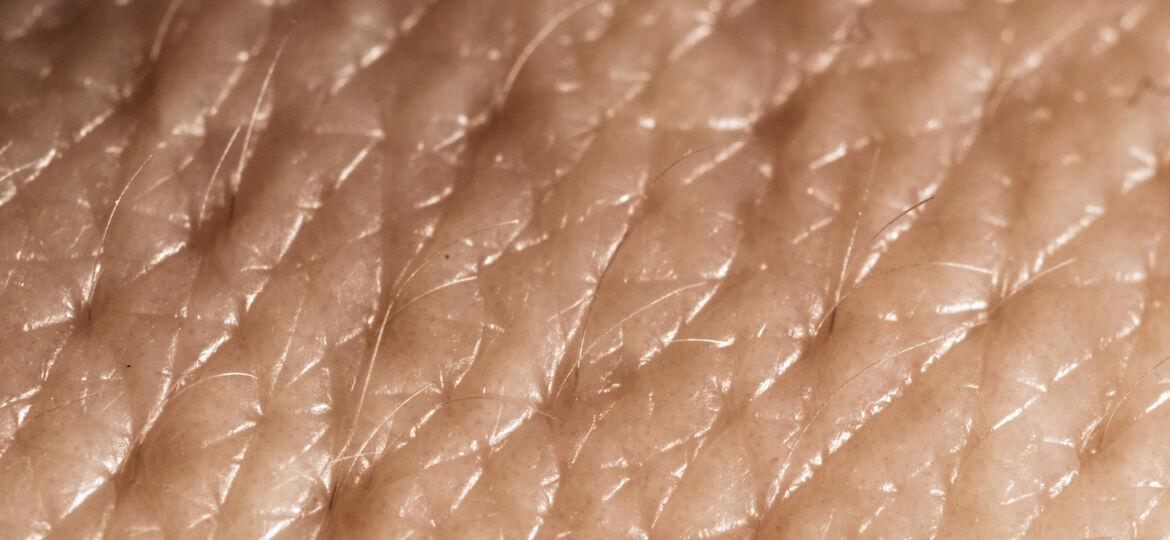
WHY THIS MATTERS IN BRIEF
Being able to print artificial human skin, on demand will change the lives of burns victims and reduce the need for animal testing.
A few months after Stanford University announced it had created the world’s first artificial skin substitute, now researchers in Spain have announced that they have managed to successfully 3D print functional, artificial human skin, and the technology could revolutionise healing of burns and it might also help to bring to an end the testing of cosmetic, chemical and pharmaceutical products on animals.
“The skin can be transplanted to patients or used in business settings to test chemical products, cosmetics or pharmaceutical products in quantities and with timetables and prices that are compatible with these uses,” said José Luis Jorcano, from the Bioengineering and Aerospace Engineering department of the Universidad Carlos III de Madrid (UC3M).
The UC3M team developed the technology jointly with the Research Centre for Energy, Environment and Technology (CIEMAT), Hospital General Universitario Gregorio Marañón, and the bioengineering company BioDan Group.
The 3D bioprinter uses bio-inks – suspensions of biological components – to create the skin. The skin’s structure mimics that of natural human skin featuring the protective outer layer of dead cells called stratum corneum, as well as the deeper collagen-producing fibroblasts containing dermis.
“Knowing how to mix the biological components, in what conditions to work with them so that the cells don’t deteriorate and how to correctly deposit the product is critical to the system,” explained Juan Francisco del Cañizo, of the Hospital General Universitario Gregorio Marañón and Universidad Complutense de Madrid, who collaborated with the UC3M team.
The structured depositing of the bio-inks onto a substrate is entirely controlled by a computer.
The researchers can either tailor the skin directly for a particular person by using his or her own cells, or create a generic skin from a stock of cells for the needs of the industry.
“This method of bio-printing allows skin to be generated in a standardised, automated way and the process is less expensive than manual production,” said Alfredo Brisac, BioDan Group’s CEO, “we use only human cells and components to produce skin that is bioactive and can generate its own human collagen, thereby avoiding the use of the animal collagen that is found in other methods. This is like a bespoke suit – it’s from you to you. If you give us a square centimeter of your skin, we can print up to two square meters of your living skin.”
The skin is one of the first human 3D printed organs aspiring for a commercial launch and the technology is currently being reviewed by European regulators, awaiting approval for use in the treatment of burns and other serious skin damage.
The researchers hope to be able to 3D print other human organs in future but this latest breakthrough could also, one day, see the skin to be applied to prosthetic limbs which would not only could help them look more realistic, but when combined with other tactile and sensing technologies, some of which have already been tried and tested, it could mean we can see a time when a prosthetic limb could have the same look and feel as a natural limb – albeit bionic, and possibly mind controlled. And that would be a game changer.
The method was described in the latest issue of the journal Biofabrication.

















[…] Source link […]
[…] this week BioDan announced they’ve been able to 3D print functional artificial human skin that doesn’t just work like the real thing – thanks to stem cells and a 3D bioprinter it is the […]
[…] into baby mice. Add that to the fact we can also 3D print human bone, brains, hearts, kidneys, skin much more, and the future of 3D printed body parts is looking promising. And I won’t mention […]
[…] the manufacture of human body parts, everything from human brains, cartilage, hearts, kidneys and skin to coral reefs, homes, munitions, […]